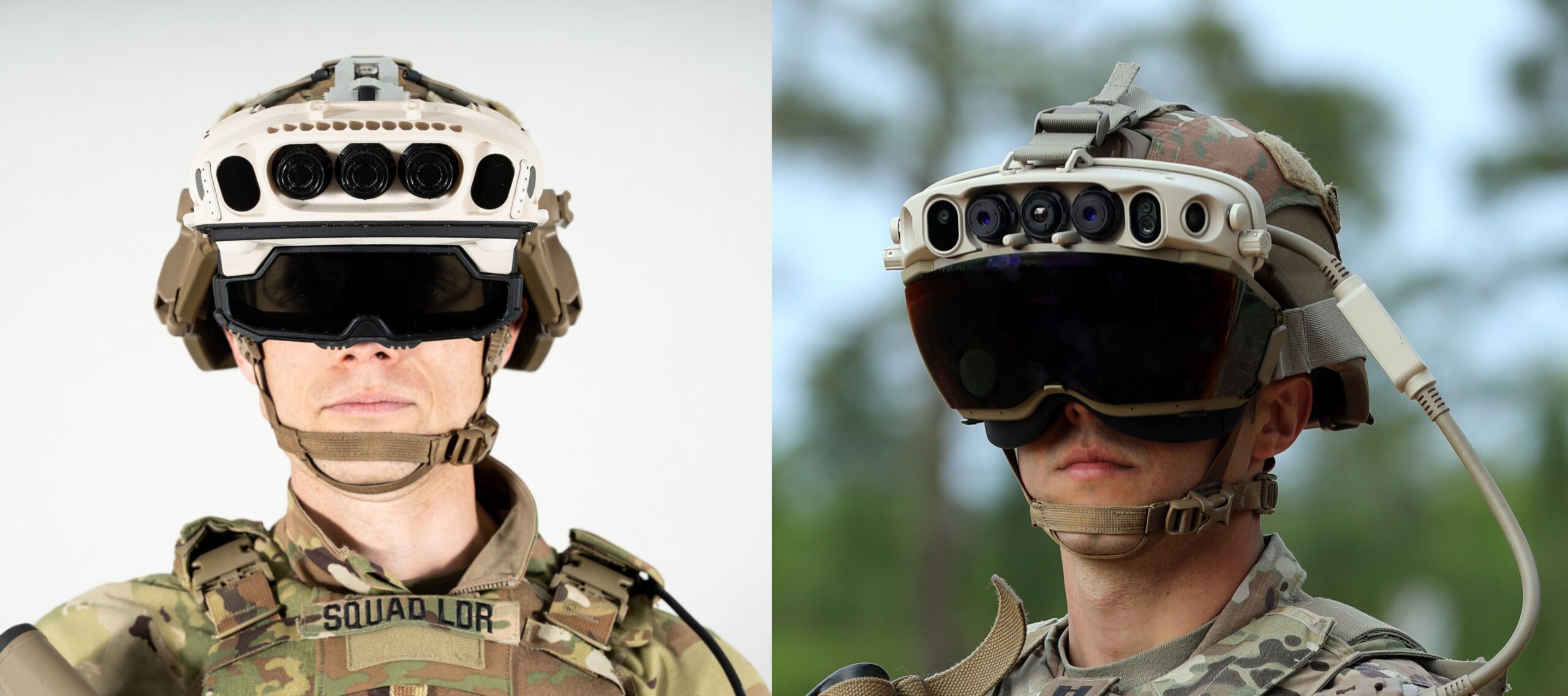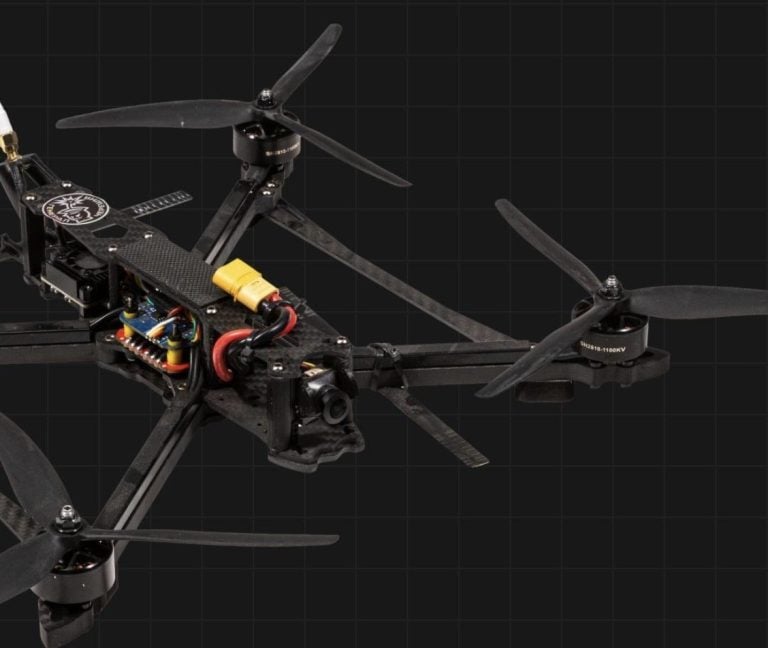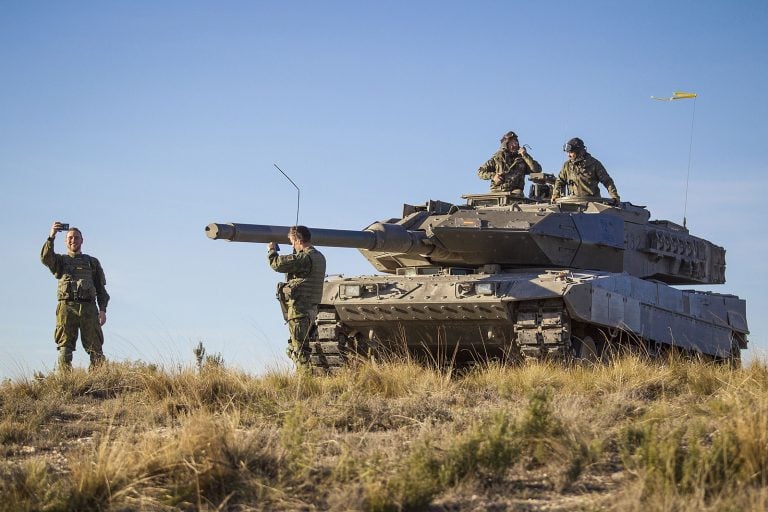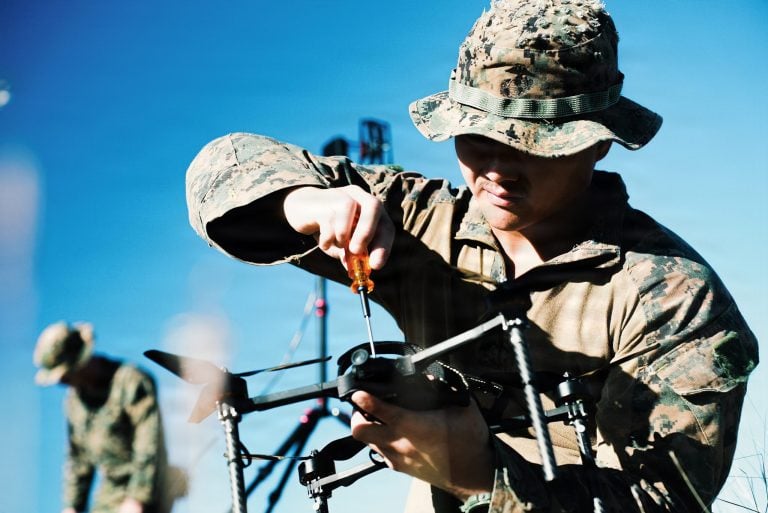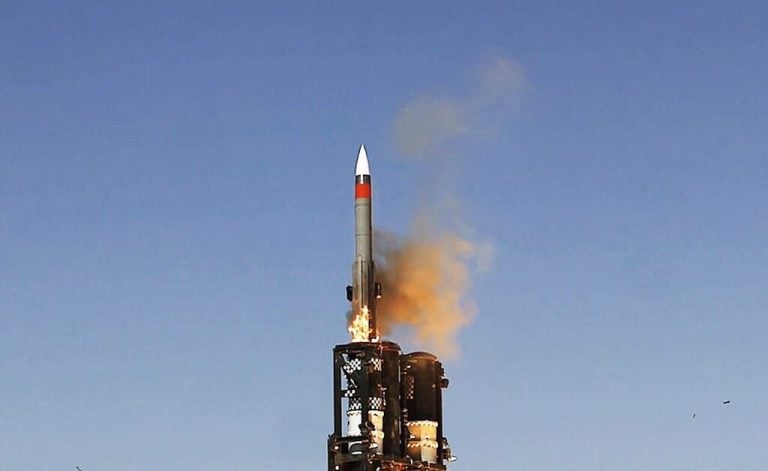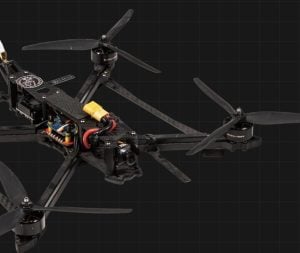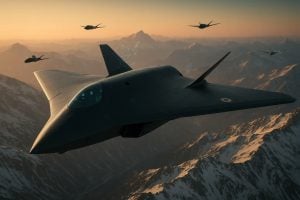The U.S. Army is making significant strides toward developing a next-generation version of its Integrated Visual Augmentation System (IVAS), a project that has faced its share of challenges since its inception. The newly announced “IVAS Next” competition aims to enhance soldier situational awareness and mission command through cutting-edge mixed-reality technology, and the Army has provided a clear timeline for participating companies.
To streamline the process, the Army is utilizing an Other Transaction Authority (OTA) pathway, which allows for a more flexible and rapid procurement process. Companies interested in participating have until mid-May to submit white papers outlining their proposed solutions. Depending on the quality and feasibility of these submissions, the Army plans to issue a request for prototype proposals by mid-June. The Army anticipates making at least one OTA award by the end of August, contingent on available funding and potential vendor cost-sharing arrangements.
The initiative to revamp the IVAS program reaches back to August 2024, when the Army announced its intent to recompete the contract originally awarded to Microsoft. In 2021, Microsoft secured a substantial 10-year contract valued at $22 billion for IVAS production, but a series of challenges with versions 1.0, 1.1, and 1.2 led to a shift in oversight. Anduril, a company now tasked with leading the ongoing development of the IVAS program, has taken over after receiving the necessary approvals from the Army.
Recent discussions at an industry day highlighted the significant interest in the competition, with approximately 80 companies expressing their intentions to participate. Major players in the defense and technology sectors, including Anduril, L3Harris, Palantir, and the U.S. divisions of Elbit Systems and BAE Systems, were present. Additionally, Kopin, a developer of display technology for F-35 helmets, also attended the event, indicating a diverse pool of potential competitors.
Although the exact number of companies that will submit white papers remains uncertain, the competition roadmap includes a final deadline for prototype deliveries set for March 2026. As the Army moves forward with these plans, the stakes are high for improving capabilities that directly affect the effectiveness and safety of soldiers in the field.
